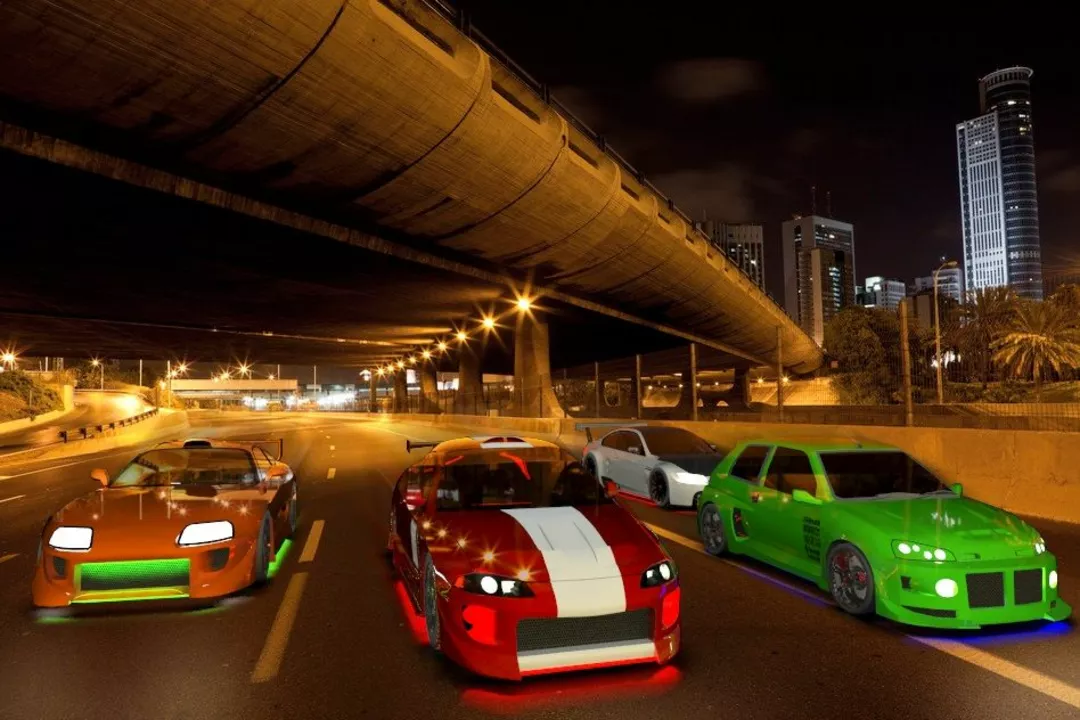Street Racing – the raw side of motorsport
When talking about street racing, unsanctioned high‑speed runs on public roads that blend adrenaline, car culture, and risk, you’re stepping into a world that’s as controversial as it is captivating. It isn’t just about hitting a top speed; it’s a mix of local legends, secret meet‑ups, and a constant cat‑and‑mouse game with law enforcement. The core of street racing lives in the thrill of acceleration, the roar of engines echoing through city streets, and the social buzz that surrounds each midnight showdown. While the excitement is undeniable, the reality includes noisy neighborhoods, cracked pavement, and the ever‑present danger of injury or legal trouble. Understanding how this scene operates helps you see why some drivers treat it as a rite of passage, while others view it as a dangerous hobby that needs stricter control.
Key aspects of street racing
One of the biggest drivers (pun intended) behind the scene is car modification, the practice of upgrading engines, suspensions, and exhausts to gain extra power and better handling. Enthusiasts spend countless hours tuning turbochargers, swapping gearboxes, and installing performance chips, all aimed at shaving seconds off a quarter‑mile drag. This links directly to drag racing, a sanctioned form of short‑distance competition that shares many of the same technical goals but takes place on legal tracks with safety crews on standby. The overlap means that skills learned in drag racing can be repurposed for street runs, making the two worlds blur in the eyes of many participants. At the same time, the motorsport career, a professional path that can start with grassroots racing and lead to professional circuits often has its roots in these informal experiences. Drivers who prove their mettle on the streets sometimes catch the eye of sponsors or talent scouts, turning a hobby into a legitimate job. However, the transition isn’t automatic; it requires formal licensing, safety training, and a shift from illegal venues to regulated events. Law enforcement agencies, meanwhile, view street racing as illegal racing, a criminal activity that endangers public safety and results in fines, vehicle impound, or jail time. Police patrols, speed cameras, and community outreach programs aim to curb the practice, creating a constant tension between racers and authorities. This tension fuels a subculture of secrecy, where participants use encrypted messaging apps, meetup groups, and even popular video games that simulate the experience to plan runs without attracting attention. The blend of technology, local knowledge of back‑roads, and a shared love for speed creates a unique ecosystem that’s both enticing and hazardous.
What you’ll find in the collection below reflects the full spectrum of this ecosystem – from tips on getting started in a legitimate racing series to stories about the challenges of turning street‑level talent into a professional motorsport career, and insights into the legal and safety aspects that every driver should know. Whether you’re curious about the cultural hype, looking for guidance on safe car upgrades, or wondering how street racing can pivot into a proper racing license, the articles ahead break down the facts without the fluff. Dive in to see how the underground world intersects with mainstream motorsport, what it takes to stay on the right side of the law, and how you can channel that raw passion into something lasting and rewarding.

Where can I do street racing in India?
As a street racing enthusiast in India, I've discovered a few spots where you can partake in this thrilling activity. Cities like Delhi, Mumbai, and Bangalore have some popular areas where street racers gather during the night. However, it is crucial to remember that street racing is illegal and can lead to severe consequences if caught by the authorities. If you want to satisfy your need for speed, I recommend visiting legal racing circuits like Buddh International Circuit or MMRT. These tracks provide a safe environment for racers to test their skills and have fun without putting anyone's life at risk.


